Graham Reid | | 4 min read

When the salty bluesman Howlin' Wolf
growled “the men don't know, but the little girls understand” on
the 1961 Willie Dixon-penned Back Door Man we know he was
talking about something more earthy and sexual than pop singers like
Justin Bieber.
But when Bieberfever arrived to what
appeared to be the surprise of anyone over 16, there were many music
writers bewailing his youth. But the little girls understand – and
hasn't pop music always belonged to the young, and young at heart?
You can trace back from Bieber through
Tiffany and Debbie Gibson (both 16 when they broke in the late 80s)
to Frankie Lymon in '56 who was 13 when Why Do Fools Fall
in Love went top 10.
Some of the impossibly young don't last the distance of course. Lymon overdosed on heroin at 25 and Tiffany's story makes sad reading.
But two names in the 60s stood out, both of
them Stevies.
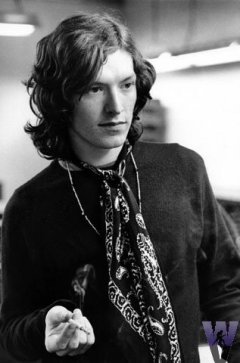 "Little
Stevie Wonder" was 13 when he scored his first hit,
Fingertips (Part 2) in '63, and
Stevie Winwood (quickly becoming the more mature “Steve”) was 17
when he leaped to attention as the soulful singer in the Spencer
Davis Group with the hit singles Keep on Running, Somebody
Help Me, Gimme Some Lovin' (co-written with Davis and his older
brother Muff Winwood, also in the group) and I'm A Man
(co-written with producer Jimmy Miller who later produced the Rolling
Stones).
"Little
Stevie Wonder" was 13 when he scored his first hit,
Fingertips (Part 2) in '63, and
Stevie Winwood (quickly becoming the more mature “Steve”) was 17
when he leaped to attention as the soulful singer in the Spencer
Davis Group with the hit singles Keep on Running, Somebody
Help Me, Gimme Some Lovin' (co-written with Davis and his older
brother Muff Winwood, also in the group) and I'm A Man
(co-written with producer Jimmy Miller who later produced the Rolling
Stones).
And like Wonder, Winwood – who was 14
when he started in singer-guitarist Davis' band – quickly
established himself as a preternaturally gifted singer and writer.
And moving on fast.
By the time he was 25 Winwood had left
Davis' group and was in the first rock supergroup, the short-lived
Blind Faith (below left, alongside Eric Clapton, drummer Ginger Baker and
violinist/bass player Ric Grech of Family) for whom he wrote some
fine songs, and then in the more trippy and sometimes
pastoral-sounding Traffic.
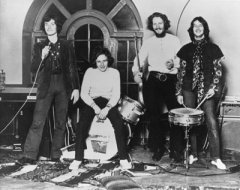 By 1977 – with seven acclaimed studio
albums and two live recordings behind him with Traffic – Winwood
was out on his own for a solo career.
By 1977 – with seven acclaimed studio
albums and two live recordings behind him with Traffic – Winwood
was out on his own for a solo career.
That really took flight with his '80 album Arc of a Diver on which he played every instrument
and which sprung the FM adult-rock radio hit While You See A
Chance, the almost perfect soundtrack for the era when "greed is good".
Over the years the desperate edge which he brought to his singing in the Spencer Davis years was smoothed out.
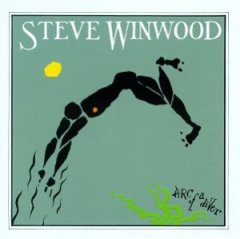 During the Eighties his albums were, as was common, bedded with
synthesizers. But his singles – Chance, Higher Love, Roll With
It and One and Only Man
– were all massive on the mainstream US charts. But one of the
ironies of his solo career is he enjoyed greater success in America
than in Britain, where he still lives.
During the Eighties his albums were, as was common, bedded with
synthesizers. But his singles – Chance, Higher Love, Roll With
It and One and Only Man
– were all massive on the mainstream US charts. But one of the
ironies of his solo career is he enjoyed greater success in America
than in Britain, where he still lives.
Higher Love (which won him two
Grammys) and Roll With It both went to number one on the US
mainstream charts but Higher Love remained just under the UK
and New Zealand top 10s, and Roll With It didn't even go top
50 in the UK (it peaked at 30 in this country).
Perhaps that is because British
audiences – and by extension New Zealanders who heard the Davis
Group hits all over radio – remembered him as that soul shouter.
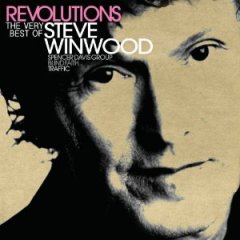 The 16 track non-chronological Revolutions: The Very Best of Steve Winwood collection offers an overview of Winwood's changing career.
The 16 track non-chronological Revolutions: The Very Best of Steve Winwood collection offers an overview of Winwood's changing career.
It kicks off with those four Davis Group classics, then dives into Traffic for four songs (including the trippy soul-pop Paper Sun, see here).
It then drops back
to one of his star turns on Blind Faith's sole album, the quietly
yearning original Can't Find My Way Back Home.
Thereafter this ticks off those popular solo singles as well as Back in the High Life (and others) and it closes with Dirty City of '08 which found him back with his old pal from Blind Faith, Eric Clapton . . . and was another adult mainstream number one for him.
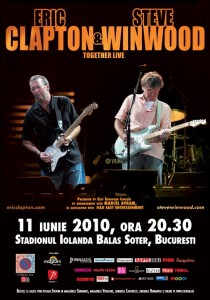 Winwood hasn't only been a singer and songwriter either.
Winwood hasn't only been a singer and songwriter either.
He was an in-demand session musician who over the decades played on albums by Jimi Hendrix, Joe Cocker, Lou Reed, George harrion, Toots and the Maytals, Marianne Faithfull, Tina Turner . . .
The list goes on and on.
Not bad for someone who started in pick-up bands backing the likes of Muddy Waters, BB King, Chuck Berry and other touring American artists.
Which of course is where he learned his soul-blues chops.
He might have started young but – like Stevie Wonder -- Steve Winwood proved to be that rarity, a boy genius who lasted the distance.
The compilation album -- which also comes as a four CD box set for the real enthusiasts -- charts a 45-year career and had Steve Winwood sell over 50 million albums. . . the arc of a survivor.
Interested in more along these lines? Then check out this.

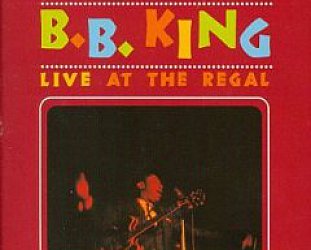

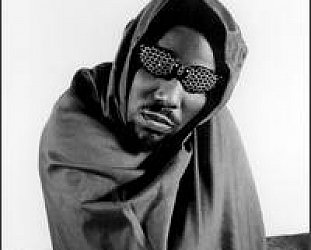
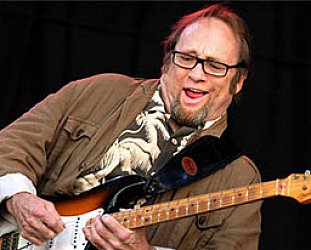
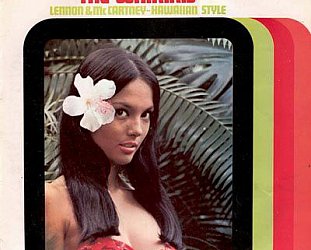
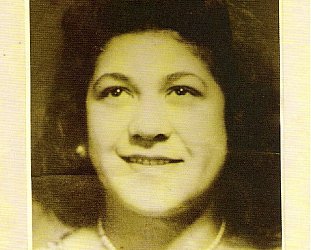
post a comment